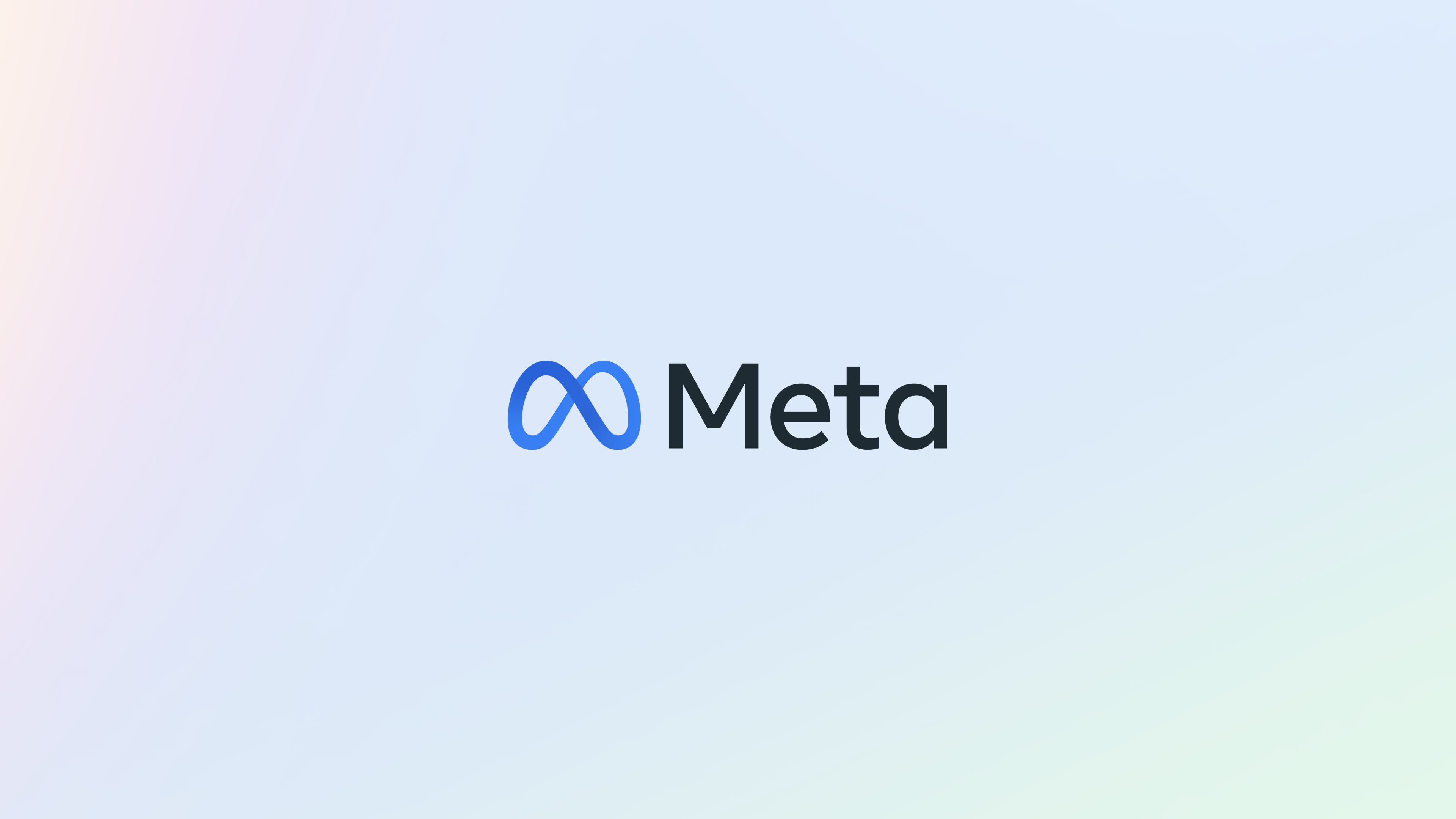Meta's Llama 3.1: A Game Changer in Open AI Models** **
July 26, 2024, 4:17 am

Location: United States, California, San Francisco
Employees: 201-500
Founded date: 2015
Total raised: $11.57B
**
In the ever-evolving landscape of artificial intelligence, Meta has thrown down the gauntlet with the release of Llama 3.1. This new model is not just another entry in the crowded field of AI; it’s a bold statement about the future of open-source technology. With 405 billion parameters, Llama 3.1 stands tall, ready to challenge the giants like OpenAI’s GPT-4o and Anthropic’s Claude 3.5 Sonnet.
Imagine a world where powerful AI tools are not locked behind corporate walls. Meta envisions this world. Llama 3.1 is designed to democratize AI, making it accessible to developers and researchers alike. This is a strategic pivot for Meta, moving from a closed ecosystem to one that encourages collaboration and innovation.
The technical specifications of Llama 3.1 are impressive. It boasts 405 billion parameters, trained on over 15 trillion tokens of data, utilizing a staggering 16,000 Nvidia H100 GPUs. The investment is monumental, likely in the hundreds of millions. Yet, the payoff could be even greater. By offering an open-source model, Meta aims to attract a diverse range of developers who can adapt and enhance the model for various applications.
The allure of Llama 3.1 lies in its open-weights approach. Unlike traditional models that keep their architecture and training data under wraps, Llama 3.1 invites users to download and run the model on their own hardware. This is a significant shift in the AI paradigm. It allows for customization and experimentation, empowering developers to create tailored solutions without the constraints of proprietary systems.
Meta’s CEO, Mark Zuckerberg, draws parallels between Llama 3.1 and Linux, the open-source operating system that revolutionized computing. Just as Linux became the backbone of countless devices, Llama 3.1 could become the foundation for a new wave of AI applications. The potential for growth and improvement is vast, as developers worldwide can contribute to its evolution.
But why open-source? The answer is simple: collaboration breeds innovation. By allowing a global community of developers to access and modify Llama 3.1, Meta hopes to accelerate advancements in AI. This model encourages a feedback loop where improvements can be made rapidly, benefiting everyone involved.
Meta is not just releasing a model; it’s launching a movement. The company is already collaborating with over 20 partners, including tech titans like Microsoft and Google. This network will help integrate Llama 3.1 into various platforms, enhancing its reach and functionality. The model is designed to support multiple languages and is set to be integrated into Meta’s AI assistant, further expanding its usability.
One of the standout features of Llama 3.1 is its ability to generate images based on user input. The "Imagine Me" function allows users to create visuals that incorporate their likeness, enhancing personalization while prioritizing security. This innovative approach could redefine how users interact with AI, making it more intuitive and engaging.
Despite the excitement surrounding Llama 3.1, skepticism remains. Critics question the benchmarks used to evaluate its performance. While Meta claims that Llama 3.1 rivals the best in the industry, the metrics can be misleading. Traditional benchmarks often fail to capture the nuanced experience of interacting with AI. The subjective nature of user experience, or "vibemarking," may provide a clearer picture of Llama 3.1’s capabilities.
The release of Llama 3.1 is not just about technology; it’s about ideology. Zuckerberg’s manifesto on open-source AI emphasizes the need for customizable models that prioritize user control and data security. He argues that open-source solutions are more cost-effective and future-proof compared to vendor-locked alternatives. This philosophy challenges the status quo, positioning Meta as a champion of open access in a field dominated by proprietary models.
However, the term "open source" has sparked debate. Critics argue that Meta’s use of the term may dilute its meaning. The AI industry lacks a consensus on what constitutes open-source releases, leading to confusion. While Llama 3.1 is labeled as an open-weights model, some believe it should not be classified as open source in the traditional sense. This semantic battle highlights the complexities of the AI landscape and the need for clear definitions.
As Llama 3.1 hits the market, the implications are profound. It challenges the dominance of closed AI models and invites developers to explore new possibilities. The potential for innovation is immense, as the model can be adapted for various applications, from coding assistants to multilingual conversational agents.
In conclusion, Meta’s Llama 3.1 is more than just a new AI model; it’s a bold step toward a more open and collaborative future in artificial intelligence. By democratizing access to powerful AI tools, Meta is paving the way for a new era of innovation. The journey has just begun, and the possibilities are limitless. As developers embrace this open-source revolution, we may witness a transformation in how AI is developed, deployed, and experienced. The future of AI is here, and it’s open for business.
In the ever-evolving landscape of artificial intelligence, Meta has thrown down the gauntlet with the release of Llama 3.1. This new model is not just another entry in the crowded field of AI; it’s a bold statement about the future of open-source technology. With 405 billion parameters, Llama 3.1 stands tall, ready to challenge the giants like OpenAI’s GPT-4o and Anthropic’s Claude 3.5 Sonnet.
Imagine a world where powerful AI tools are not locked behind corporate walls. Meta envisions this world. Llama 3.1 is designed to democratize AI, making it accessible to developers and researchers alike. This is a strategic pivot for Meta, moving from a closed ecosystem to one that encourages collaboration and innovation.
The technical specifications of Llama 3.1 are impressive. It boasts 405 billion parameters, trained on over 15 trillion tokens of data, utilizing a staggering 16,000 Nvidia H100 GPUs. The investment is monumental, likely in the hundreds of millions. Yet, the payoff could be even greater. By offering an open-source model, Meta aims to attract a diverse range of developers who can adapt and enhance the model for various applications.
The allure of Llama 3.1 lies in its open-weights approach. Unlike traditional models that keep their architecture and training data under wraps, Llama 3.1 invites users to download and run the model on their own hardware. This is a significant shift in the AI paradigm. It allows for customization and experimentation, empowering developers to create tailored solutions without the constraints of proprietary systems.
Meta’s CEO, Mark Zuckerberg, draws parallels between Llama 3.1 and Linux, the open-source operating system that revolutionized computing. Just as Linux became the backbone of countless devices, Llama 3.1 could become the foundation for a new wave of AI applications. The potential for growth and improvement is vast, as developers worldwide can contribute to its evolution.
But why open-source? The answer is simple: collaboration breeds innovation. By allowing a global community of developers to access and modify Llama 3.1, Meta hopes to accelerate advancements in AI. This model encourages a feedback loop where improvements can be made rapidly, benefiting everyone involved.
Meta is not just releasing a model; it’s launching a movement. The company is already collaborating with over 20 partners, including tech titans like Microsoft and Google. This network will help integrate Llama 3.1 into various platforms, enhancing its reach and functionality. The model is designed to support multiple languages and is set to be integrated into Meta’s AI assistant, further expanding its usability.
One of the standout features of Llama 3.1 is its ability to generate images based on user input. The "Imagine Me" function allows users to create visuals that incorporate their likeness, enhancing personalization while prioritizing security. This innovative approach could redefine how users interact with AI, making it more intuitive and engaging.
Despite the excitement surrounding Llama 3.1, skepticism remains. Critics question the benchmarks used to evaluate its performance. While Meta claims that Llama 3.1 rivals the best in the industry, the metrics can be misleading. Traditional benchmarks often fail to capture the nuanced experience of interacting with AI. The subjective nature of user experience, or "vibemarking," may provide a clearer picture of Llama 3.1’s capabilities.
The release of Llama 3.1 is not just about technology; it’s about ideology. Zuckerberg’s manifesto on open-source AI emphasizes the need for customizable models that prioritize user control and data security. He argues that open-source solutions are more cost-effective and future-proof compared to vendor-locked alternatives. This philosophy challenges the status quo, positioning Meta as a champion of open access in a field dominated by proprietary models.
However, the term "open source" has sparked debate. Critics argue that Meta’s use of the term may dilute its meaning. The AI industry lacks a consensus on what constitutes open-source releases, leading to confusion. While Llama 3.1 is labeled as an open-weights model, some believe it should not be classified as open source in the traditional sense. This semantic battle highlights the complexities of the AI landscape and the need for clear definitions.
As Llama 3.1 hits the market, the implications are profound. It challenges the dominance of closed AI models and invites developers to explore new possibilities. The potential for innovation is immense, as the model can be adapted for various applications, from coding assistants to multilingual conversational agents.
In conclusion, Meta’s Llama 3.1 is more than just a new AI model; it’s a bold step toward a more open and collaborative future in artificial intelligence. By democratizing access to powerful AI tools, Meta is paving the way for a new era of innovation. The journey has just begun, and the possibilities are limitless. As developers embrace this open-source revolution, we may witness a transformation in how AI is developed, deployed, and experienced. The future of AI is here, and it’s open for business.

